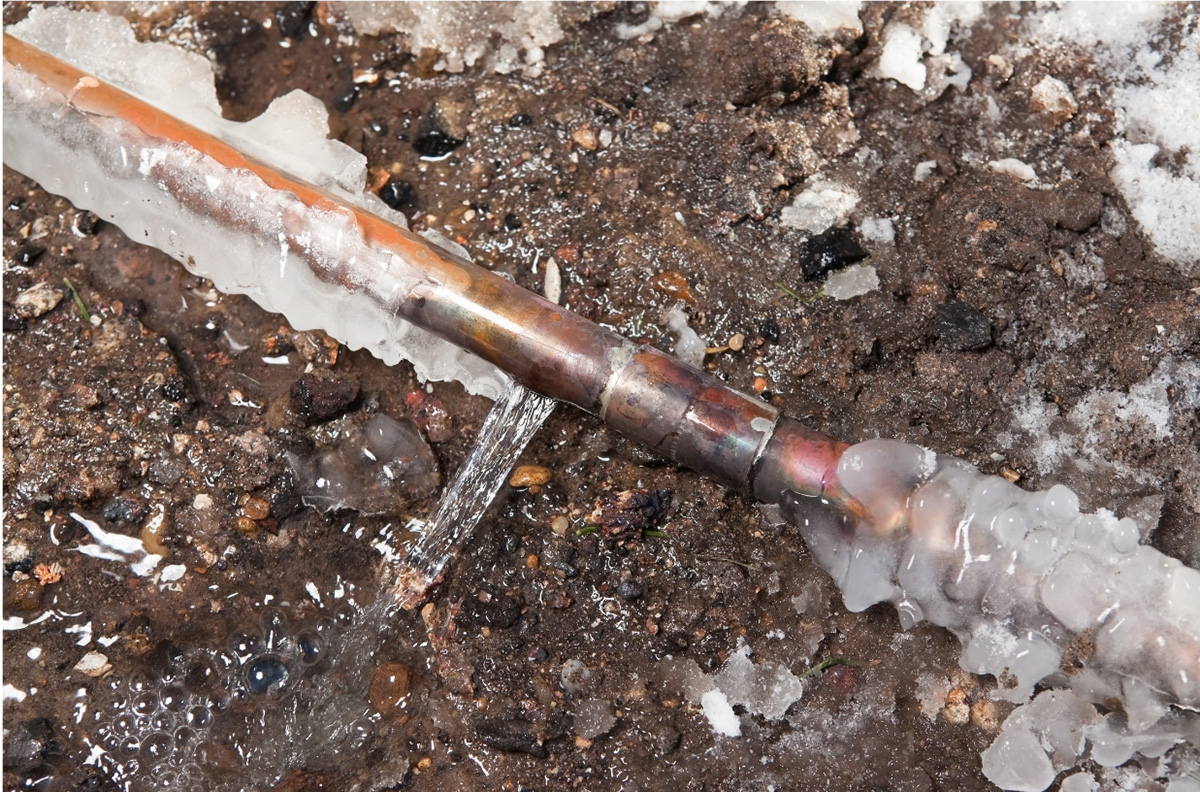Tips to Defend Plumbing System from Cold Weather: Critical Strategies
Tips to Defend Plumbing System from Cold Weather: Critical Strategies
Blog Article
What're your insights and beliefs about How to prepare your home plumbing for winter weather?

Cold weather can damage your plumbing, especially by freezing pipelines. Below's just how to prevent it from happening and what to do if it does.
Introduction
As temperature levels decline, the threat of icy pipelines increases, potentially resulting in expensive repair services and water damage. Comprehending exactly how to prevent icy pipelines is important for homeowners in chilly climates.
Recognizing Frozen Pipes
What triggers pipes to ice up?
Pipes freeze when revealed to temperatures below 32 ° F (0 ° C) for prolonged periods. As water inside the pipes ices up, it broadens, taxing the pipeline walls and possibly causing them to rupture.
Risks and damages
Frozen pipelines can cause water supply interruptions, property damages, and pricey repairs. Burst pipelines can flooding homes and create extensive architectural damages.
Indications of Frozen Pipes
Identifying frozen pipelines early can stop them from bursting.
Exactly how to determine frozen pipes
Try to find lowered water circulation from taps, unusual odors or noises from pipes, and visible frost on subjected pipes.
Prevention Tips
Insulating susceptible pipes
Cover pipelines in insulation sleeves or utilize warm tape to safeguard them from freezing temperatures. Focus on pipes in unheated or external locations of the home.
Heating strategies
Keep indoor areas appropriately heated up, specifically areas with pipes. Open cabinet doors to enable warm air to flow around pipes under sinks.
Securing Outside Pipes
Garden pipes and outdoor faucets
Disconnect and drain yard hoses before winter. Set up frost-proof spigots or cover outside taps with insulated caps.
What to Do If Your Pipelines Freeze
Immediate activities to take
If you believe icy pipelines, keep faucets open to ease stress as the ice thaws. Use a hairdryer or towels taken in warm water to thaw pipes gradually.
Long-Term Solutions
Architectural modifications
Consider rerouting pipes far from outside wall surfaces or unheated areas. Add additional insulation to attics, cellars, and crawl spaces.
Updating insulation
Invest in top notch insulation for pipes, attics, and wall surfaces. Appropriate insulation helps keep constant temperature levels and minimizes the danger of icy pipes.
Final thought
Avoiding frozen pipes needs positive steps and fast actions. By understanding the reasons, signs, and safety nets, house owners can protect their pipes throughout cold weather.
5 Ways to Prevent Frozen Pipes
Drain Outdoor Faucets and Disconnect Hoses
First, close the shut-off valve that controls the flow of water in the pipe to your outdoor faucet. Then, head outside to disconnect and drain your hose and open the outdoor faucet to allow the water to completely drain out of the line. Turn off the faucet when done. Finally, head back to the shut-off valve and drain the remaining water inside the pipe into a bucket or container. Additionally, if you have a home irrigation system, you should consider hiring an expert to clear the system of water each year.
Insulate Pipes
One of the best and most cost-effective methods for preventing frozen water pipes is to wrap your pipes with insulation. This is especially important for areas in your home that aren’t exposed to heat, such as an attic. We suggest using foam sleeves, which can typically be found at your local hardware store.
Keep Heat Running at 65
Your pipes are located inside your walls, and the temperature there is much colder than the rest of the house. To prevent your pipes from freezing, The Insurance Information Institute suggests that you keep your home heated to at least 65 degrees, even when traveling. You may want to invest in smart devices that can keep an eye on the temperature in your home while you’re away.
Leave Water Dripping
Moving water — even a small trickle — can prevent ice from forming inside your pipes. When freezing temps are imminent, start a drip of water from all faucets that serve exposed pipes. Leaving a few faucets running will also help relieve pressure inside the pipes and help prevent a rupture if the water inside freezes.
Open Cupboard Doors
Warm your kitchen and bathroom pipes by opening cupboards and vanities. You should also leave your interior doors ajar to help warm air circulate evenly throughout your home.

I'm just very interested in Preventing and dealing with frozen pipes and I hope you liked my post. Those who appreciated our blog entry if you please be sure to pass it around. I truly appreciate your readership.
Visit Link Report this page